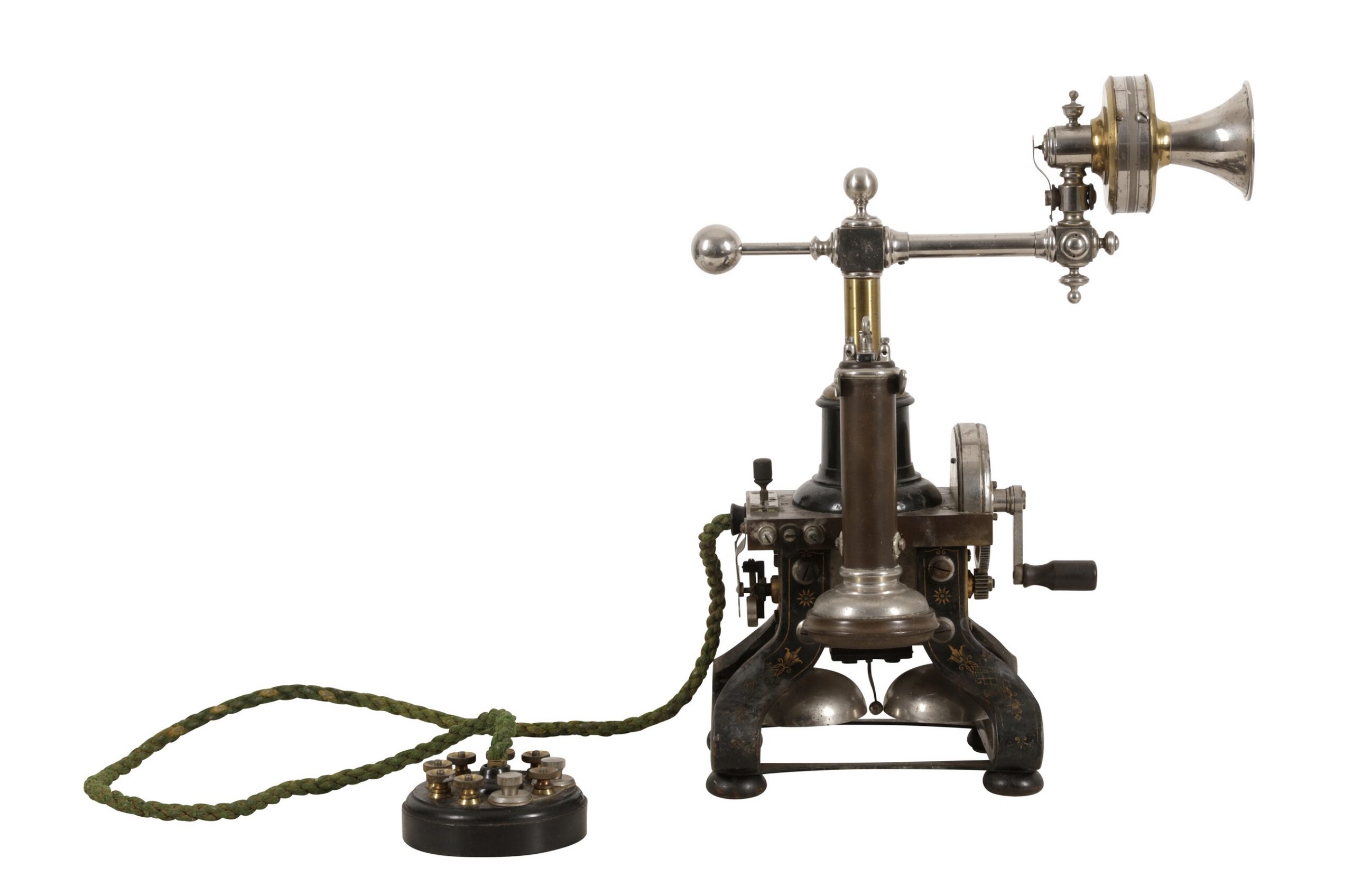Slavery abolition banner could make thousands
 A rare silk banner proclaiming the abolition of slavery in the British empire in 1834 forms part of an extraordinary single-owner collection for sale in London this month.
A rare silk banner proclaiming the abolition of slavery in the British empire in 1834 forms part of an extraordinary single-owner collection for sale in London this month.
The blue and gold silk banner that reads August 1, 1834 Slavery in the British Dominions Utterly and for every Abolished is expected to bring £1,000-£2,000 at the January 18 event at Chiswick Auctions.

The Slavery Abolition Act, that freed more than 800,000 enslaved Africans in the Caribbean and South Africa as well as a small number in Canada, had received Royal Assent on August 28, 1833 but did not take effect until August 1, 1834. The law became a source of inspiration and hope for abolitionists and enslaved people in other nations, particularly the United States.
The banner is one of many ‘cabinet of curiosity’ items assembled by a London dealer in mechanical and scientific antiques. They were collected in the 1980s and 90s during frequent visits to antiques fairs, markets and shops in the UK, Europe and America. Most have been in storage for 20 years although have been admired via a website devoted to the collection. The collector’s partner recalls he “always regretted he wasn’t born during the reign of Queen Victoria”.

The Queen herself is the subject of a stereoscopic daguerreotype taken on 20 April 1855. Taken by official photographers Negretti & Zambra it shows Victoria and Prince Albert escorting Napoleon III and the Empress Eugénie around the Crystal Palace. The iron and glass venue, centrepiece of the Great Exhibition held in London’s Hyde Park in 1851, had recently been sold, dismantled and rebuilt at a new site in the district of Sydenham in south-east London. Paintings of the scene exist but this appears to be the only known photograph. It is guided at £1,500-£2,500.
The London form of Negretti & Zambra is perhaps best known today as an instrument maker. An example of its walnut, leather and lacquered brass Magic Stereoscope comes with an estimate of £2,000-£3,000. Dating from the mid-1850s, this was among the most deluxe products in the Negretti & Zambra range having two separate positions for the stereograph and no fewer than four pairs of lenses.
A kaleidoscope made by Philip Carpenter to Dr Brewster’s patent has a guide of £2,000-£3,000. The eminent Scottish inventor and scientist, Sir David Brewster, invented the kaleidoscope in 1815 whilst conducting experiments on light polarisation and chose the Birmingham achromatic lens developer, Philip Carpenter, as the sole manufacturer of these instruments. Dating to c.1820 this example in its 7in (18cm) mahogany case comes with 11 discs of various coloured objects.

An early example of the Ericsson No 16 telephone – the world’s first telephone with a one-piece handset – is expected to bring £1,000-£1,500. Perhaps the most desirable of all the ‘skeletal’ models, this example has the swing-arm separate transmitter-receiver. It was produced from 1884 for just six years. In original condition, still having its line cord, junction box and the lightening-protector plug, it was formerly part of the Mick Juanneau collection.


